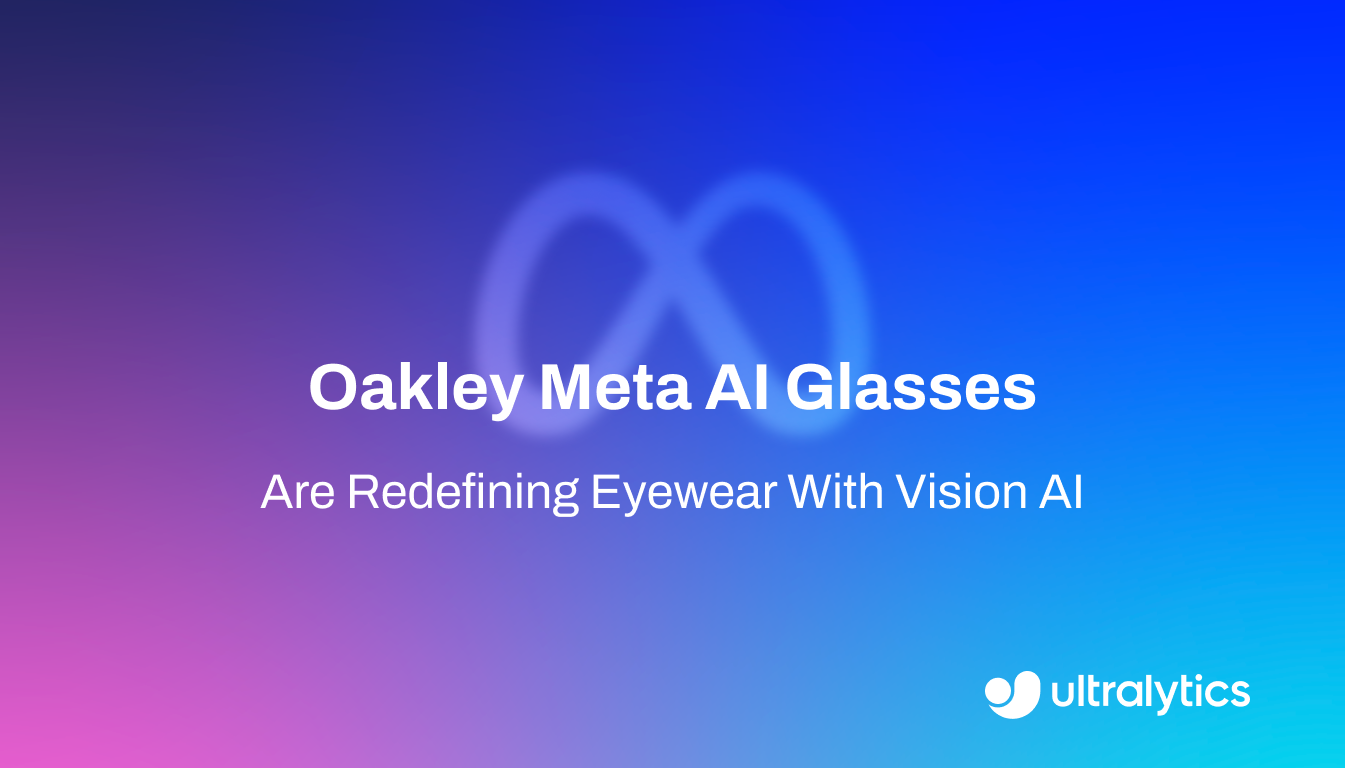Semi-Supervised Learning
Discover how Semi-Supervised Learning combines labeled and unlabeled data to enhance AI models, reduce labeling costs, and boost accuracy.
Semi-supervised learning (SSL) is a powerful paradigm in
machine learning (ML) that bridges the gap
between fully supervised learning and
unsupervised learning. While supervised
methods require fully annotated datasets and unsupervised methods work entirely without labels, SSL operates by
leveraging a small amount of labeled data alongside a much larger pool of unlabeled data. In many real-world
scenarios, obtaining raw data is relatively cheap, but the process of
data labeling is expensive, time-consuming, and
requires human expertise. SSL addresses this bottleneck by using the limited labeled examples to guide the learning
process, allowing the model to extract structure and patterns from the vast unlabeled segments, thereby improving
overall model accuracy and generalization.
How Semi-Supervised Learning Works
The fundamental mechanism behind SSL involves propagating information from the labeled data to the unlabeled data. The
process generally begins by training an initial model on the small labeled dataset. This model is then used to infer
predictions on the unlabeled data. The most confident predictions—often called pseudo-labels—are treated as ground
truth, and the model is retrained on this expanded dataset. This iterative cycle allows
neural networks to learn decision boundaries that
are more robust than those learned from the labeled data alone.
Common techniques used in SSL include:
-
Pseudo-Labeling: The model generates labels for unlabeled data, and high-confidence predictions are
added to the training data. This is often used in
conjunction with confidence thresholds.
-
Consistency Regularization: This method encourages the model to produce the same prediction for an
original image and a perturbed version of it (e.g., after applying
data augmentation). If the model understands
the object, flipping or slightly rotating the image shouldn't change the classification. You can read more about
consistency regularization concepts in academic literature.
-
Graph-Based Methods: Data points are represented as nodes in a graph, where edges reflect
similarity. Labels are propagated from labeled nodes to their unlabeled neighbors, a technique often discussed in
graph neural network (GNN) research.
Real-World Applications
Semi-supervised learning is particularly transformative in industries where data is abundant but expert annotation is
scarce.
-
Medical Image Analysis: In healthcare, generating a
labeled dataset for tasks like
tumor detection
requires highly paid radiologists to manually annotate MRIs or CT scans. With SSL, researchers can train a model on
a small set of doctor-verified scans and then leverage thousands of unannotated hospital archives to improve
performance. This significantly reduces costs while maintaining high diagnostic standards in
AI in healthcare.
-
Speech Recognition: specialized voice assistants require massive amounts of audio data. While
transcribing thousands of hours of audio is impractical, tech companies can use a small set of transcribed speech to
train a base model. This model then learns from the nuances of millions of hours of untranscribed audio found in
web data, refining its ability to understand diverse accents and dialects
through automatic speech recognition.
Differentiating Related Concepts
To understand SSL fully, it is helpful to distinguish it from similar learning paradigms:
-
SSL vs.
Self-Supervised Learning:
Although they share an acronym, they are distinct. Self-supervised learning creates its own labels from the data
structure (e.g., predicting the next word in a sentence or a missing patch in an image) without any human labels.
Semi-supervised learning still relies on a seed set of human-provided labels to guide the process.
-
SSL vs. Active Learning: In
active learning, the model identifies which data points are most confusing and explicitly asks a human to label
them. SSL, by contrast, attempts to resolve the unlabeled data automatically without interrupting the workflow for
human input.
-
SSL vs. Transfer Learning:
Transfer learning involves taking
model weights from a source task (like ImageNet)
and fine-tuning them on a target task. SSL focuses on using unlabeled data from the same target
distribution to improve learning from the start.
Practical Implementation
Implementing a semi-supervised workflow often involves a "teacher-student" loop or iterative training. Below
is a conceptual example using the ultralytics Python package to demonstrate how one might infer on
unlabeled data to generate predictions that could serve as pseudo-labels for further training.
from ultralytics import YOLO
# Initialize the YOLO11 model (Teacher)
model = YOLO("yolo11n.pt")
# Train initially on a small, available labeled dataset
model.train(data="coco8.yaml", epochs=10)
# Run inference on a directory of unlabeled images to generate predictions
# These results can be filtered by confidence to create 'pseudo-labels'
results = model.predict(source="./unlabeled_data", save_txt=True, conf=0.8)
# The saved text files from prediction can now be combined with the original
# dataset to retrain a robust 'Student' model.
Tools and Future Outlook
Deep learning frameworks such as PyTorch and
TensorFlow provide the building blocks necessary to implement custom SSL
loops and loss functions. As models become larger and data-hungry, techniques like SSL are becoming standard practice
to maximize data efficiency.
The upcoming Ultralytics Platform is designed to streamline workflows like these, helping teams manage the transition
from raw data to model deployment by facilitating
data curation and
auto-annotation processes. By
effectively utilizing unlabeled data, organizations can deploy high-performance AI solutions like
YOLO11 faster and more affordably than relying on purely
supervised methods.












